Philippines' Longest Bridge: CCLEX is a modern expression of history

When our ancestors came out of caves and stopped their nomadic lifestyle, they established campfires that became villages later on. They started connecting to people from other tribes and eventually create a metropolis. Over the years, we grow and learned the tradition, heritage, and knowledge from our ancestors, but some may have lost in time. As we continue to build cities and make progress globally, we continue to seek and connect to people and share stories and experiences. With the rise of digital space, we became a globally connected civilization. These connections are valuable to the Philippines, with over 100 million people across 7,640 islands.
The Philippines is an archipelago that presents a daunting challenge for architects, planners, and engineers. Infrastructures such as roads and bridges enable the regional and national economy to prosper. But there is a practical challenge to build big projects such as Cebu-Cordova Link Expressway. Infrastructures play a crucial role in the climate, economy, culture, food, and tourist. Building the bridges enables us to have better access to resources and gives good mobility within the locality. It drives economic prosperity as it will help with logistics and traffic mitigation in growing cities like Cebu.
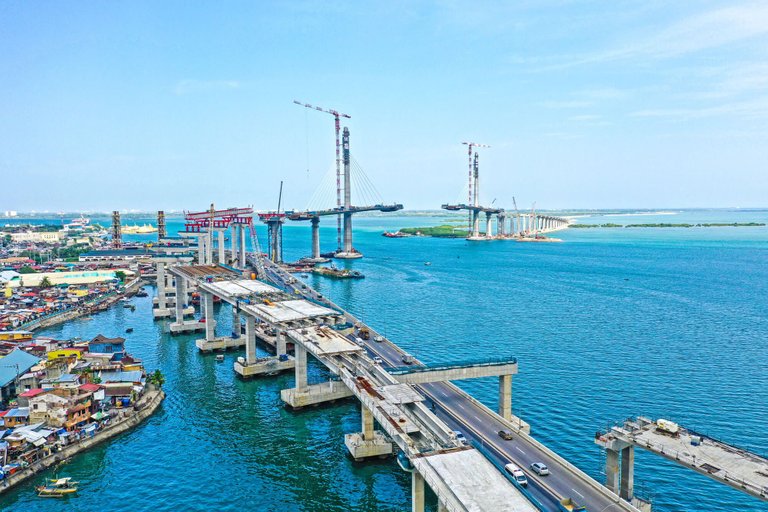

The Cebu-Cordova Link Expressway (CCLEX) is the longest bridge-way structure in the country when completed. It stretches about an 8.5km bridge that links Cebu City and Cordova. The projects aim to ease the congestion along the existing bridges in Cebu and another option for access to Mactan-Cebu International Airport. It will help businesses and tourism in the region. It will be an economic booster that helps create jobs and reduce losses due to traffic congestion in the city.
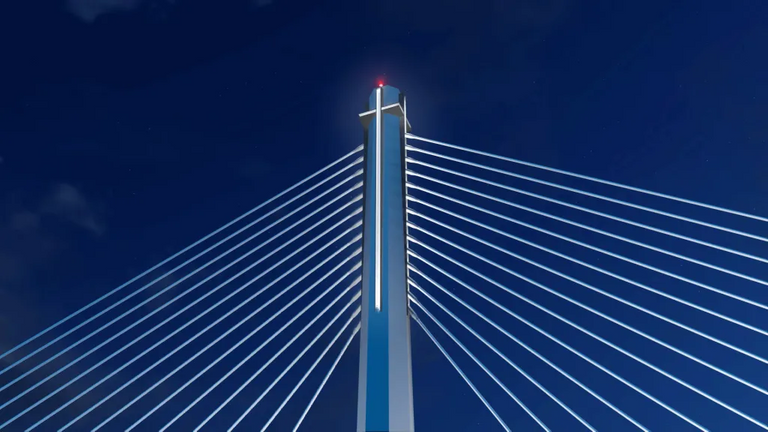
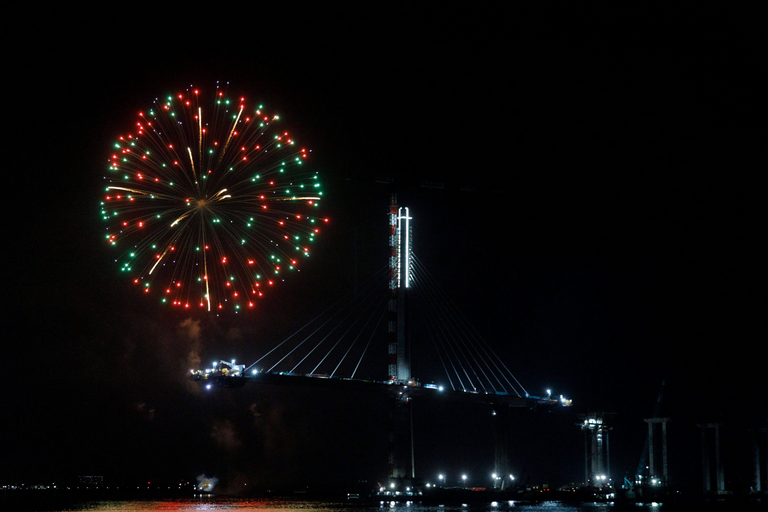
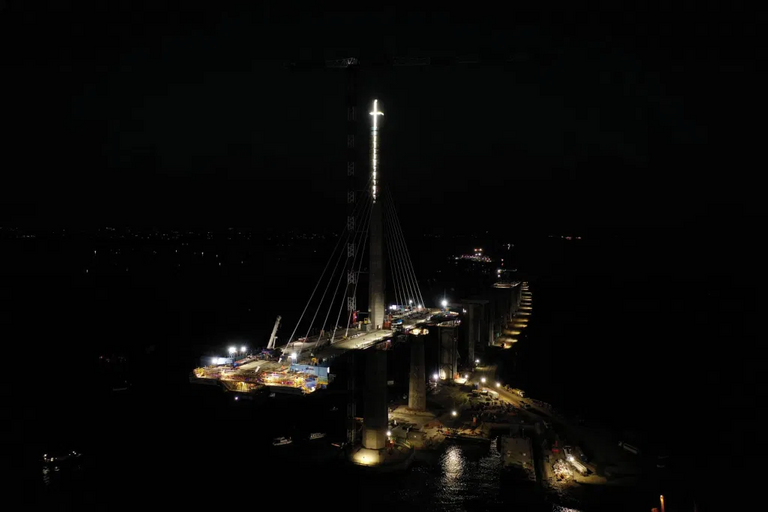
The CCLEX is a cable-stayed bridge. It has a 145-meter-high twin tower pylon that supports the cables in the 390-meter-long main span. The architects play tribute to the historic Magellan Cross as their pylon design bears a cross. The bridge will have a navigation clearance of 51 meters to allow the ships to pass by at ease; hence Cebu has one of the busiest ports in the country. CCLEX has a viaduct and a causeway in the design. Besides, the toll road facilities are on an artificial island. The facility design resembles the eight rays of the sun in the Philippine flag. Also, it has a 200-meter footbridge near the U-turn slot of the South Road Properties for the pedestrian to access the sidewalk, which stretches the entire stretch of CCLEX.
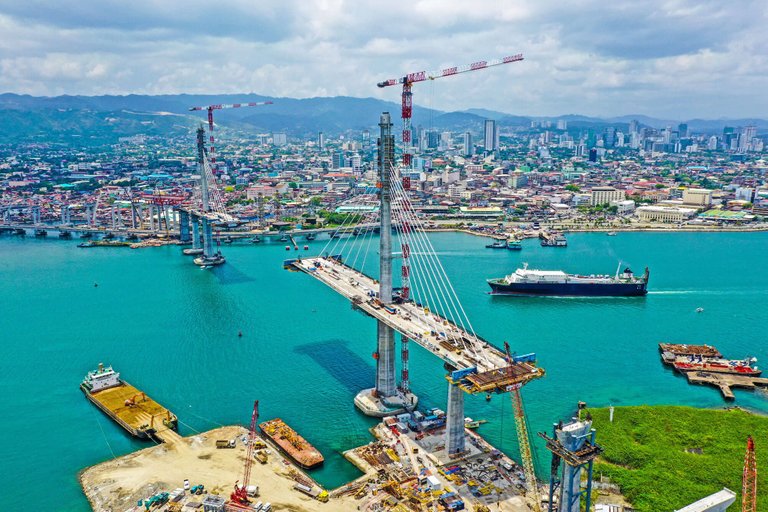

CCLEX surpasses the San Juanico Bridge in Leyte and Samar and Candaba Viaduct in NLEX as it spans 8 kilometers. The Spanish firm Carlos Fernandez Casado (CFC) and SENER Ingeniería y Sistemas designed the bridge. The DCCD Engineering Corp and the Danish firm COWI serves as the technical consultant of the project. The Danish architecture and design firm DISSING+WEITLING performed architecture and renderings for the CCLEX. Once completed, the Metro Pacific Tollways Development Corp manages the CCLEX.
The bridge starts at Cebu South Coastal Road Tunnel, Cebu, and ends at the Mactan Cebu Circumferential Road in Barangay Pilipog in Cordova town, Mactan Island. We can locate it approximately 7.5km from the Mactan-Mandaue Bridge, which the bridge built across the Mactan Channel. It linked the Guadalupe River to Shell Island in Cordova, while the viaduct leads to causeway and road networks to Mactan Island. We can expect the 8.5-kilometer CCLEX to open in public as early as December 2021. The bridge wears an iconic cross on its pylons that commemorates the arrival of Ferdinand Magellan's Spanish Fleet and Christianity in Cebu. CCLEX will have state-of-the-art tollway technologies and world-class architecture and infrastructure, which will become a new icon for Cebu.
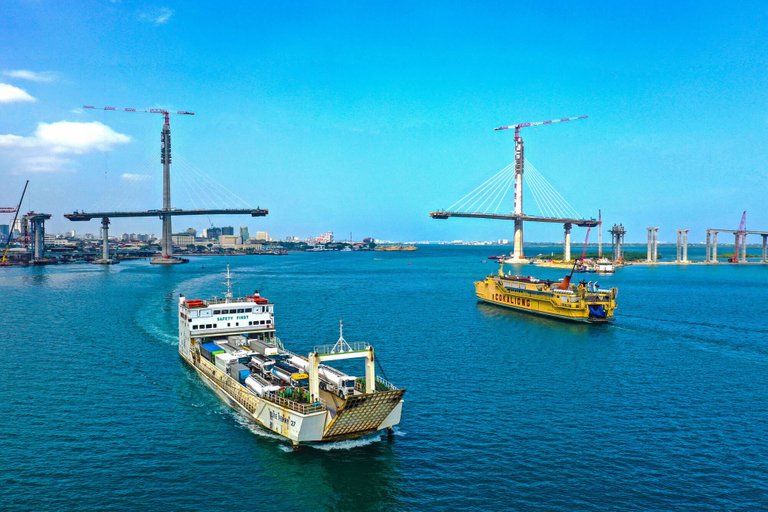
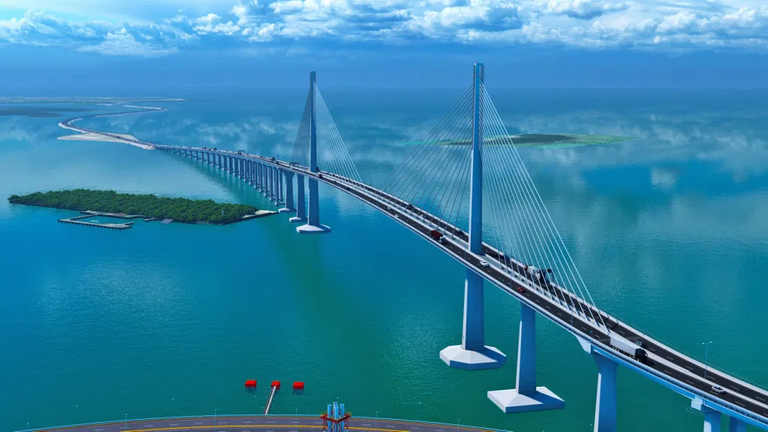
The design of the CCLEX considers the local economy and the protection of mangroves, which is below the CCLEX. They constructed the bridge over a mangrove forest. The Metro Pacific Investments Corporation (MPIC) build a Mangrove Propagation and Information Center in Barangay Day-as to promote the protection of mangroves in the area. The mangrove forests protect our low-lying coastal areas from storm surges caused by severe typhoons, which became common in the Philippines in the past years. The mangroves provide a breeding ground for the fish, which a refuge and nursery for juvenile fish. It helps them reach maturity.
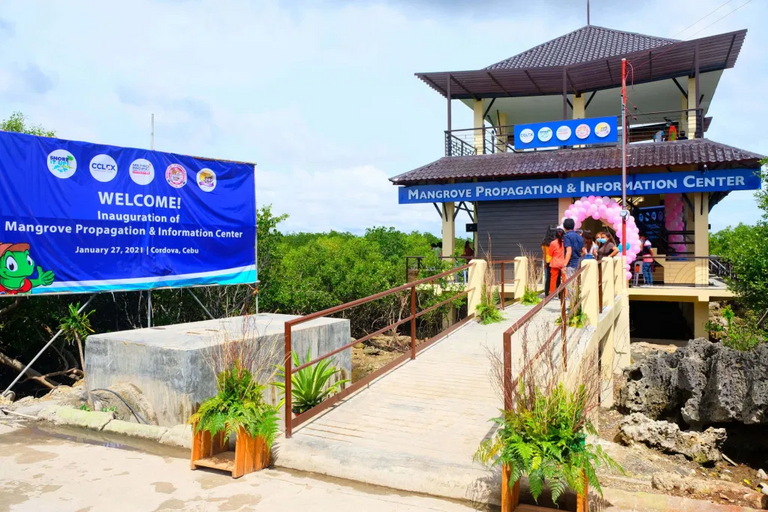
Several locals rely on fishing as a means of livelihood in the area; hence the coastal water is abundant with produce that makes our local delicacies like Bakasi. The CCLEX has a fishermen’s bridge near the fishing village in Cordova and some smaller bridges around the area between the causeway. It allows the boats of our local fisherman to pass. The clearance between the channel and the structure is ample to give local fisherman access to local fishing grounds. Shipping plays a crucial role in the economy of Cebu City which is why the design of the bridge considers this.
Last April 15, the public have a glimpse of the eight huge crosses that adorn the Cebu-Cordova Link Expressway (CCLEX) for the first time. It illuminated the bay and the south road properties by casting light upon the celebration of the 500th anniversary of Christianity in the country. The bridge is not just a bridge, but an expression of the history and modern lives of Cebuano. It makes people closer together and expresses a beautiful expression of what life should be.
The CCLEX would cost P30 billion. On April 26, it is already 72 percent complete, which capped by the illumination of the crosses on the pylons that we can see anywhere from the Cebu harbor. They completed it ahead of the bridge to commemorate the 500th anniversary of Christianity in the country. To date, the construction is a delay from the original schedule. We can expect to finish it by mid or later next year. Again, building the CCLEX enables us to have better access to resources and gives good mobility within the Cebu. It drives economic prosperity as it will help with logistics and traffic mitigation which is becoming perennial problem to Cebu.
Note: All images is from CCLEX Media Update, except for the cover image, which created from Canva.
I am excited about this development! Whenever I go to the city and I see the progress I can't wait for the time this is operational. It will bring massive change and uplift the traffic situation. San Juanico Bridge would need to take a step back to hand the crown to CCLEX as the longest bridge in the Philippines.
I am excited too. With all of this infrastructure development in Cebu and all throughout the country, this brings more mobility and lesser traffic. Yeah, San Juanico Bridge will turn over his crown to CCLEX, but nonetheless, San Juanico still has a good history to tell. Aside from CCLEX, they will be starting a fourth bridge connecting Liloan to Lapu-lapu. I love the massive infrastructure project goin on the country.
I still haven't seen San Juanico yet, maybe one day.
Indeed, the ongoing CCLEX project is an exciting endeavor that opens a bright future for Cebu City and Mactan Island. This would positively impact the rest of the region and the nation!
I'm simply curious about how this facility would look like. Do you have any concept images or photos to show us if possible?
Actually, I really wanted to dig on what the facility will look like, but the media team of the architects and project administrator never release the details. They only publicly release the rendering and plans of the bridge. Based, on the interviews it will have a depiction of the 8 golden rays of the sun as shown in our flag.
Perhaps, in the near future, the responsible team will release the design concept to the public. Please update us on this as soon as this surfaces. Thanks a lot!
Yes, I will for sure.
Wow! Amazing your city
It looks like there will be quite a few advantages for having the bridge. I think its also great that they are considering how to accommodate the local fishers in the Philippines.
They give assurance that the bridge will not disrupt local livelihood and protect the mangroves in the area.
That one of the best progress and when this will become operational, it will solve many problems of traffic and more. Moreover the huge cables are the best and most interesting aspect of the project. Keep highlighting such enormous projects around,, It's always exciting to see the infrastructural development across the globe.
Hope you are enjoying the Sunday:)
Hello @juecoree! Many thanks for showcasing another remarkable feat of engineering from Cebu, the Queen City of the South in the Philippines! It's our pleasure to select your awesome post to be part of Architecture Brew #23! All the best!
The Architecture+Design Community is an Active Member of the OCD Communities Incubation Program. Get to know more about us by reviewing our Comprehensive Guidelines.
Hello! This is @romeskie and I've chosen this post for 100% curation in Hive Cross Culture's curation project.
• You will receive a percentage of the rewards from our curation post.
• And this post would be featured in our next weekly digest article.
Hive Cross culture is a community for conversation about culture. This can be national, local, community, or personal culture, subculture or your ideas about culture, language posts etc. We also invite and support bilingual posts, and are searching for ways to support and grow the local communities on Hive. Come join us in our discord chat if you are interested!
I appreciate the support @crossculture and @romeskie!